Biomedical Engineering Fall 2022 Update
Celebrating 50 years

Dear BME community,
This year, the Department of Biomedical Engineering at the University of Minnesota celebrates the 50th anniversary of its Ph.D. program!
A culture of collaboration between engineering and medicine has been strong on our campus as early as the 1950s, when University of Minnesota heart surgeon C. Walton Lillehei partnered with Medtronic founder Earl E. Bakken to create the first battery-operated, wearable pacemaker.
By the time our Ph.D. in Biomedical Engineering program was born in 1972 (the same year I was born!) a local medical device community had been burgeoning around us. And both our department and our local industry have flourished ever since, producing pioneers and technologies that are making meaningful, positive impacts on people’s lives.
We continue pushing this legacy of innovation and leadership forward today, with several exciting endeavors, including a new $21 million study to reveal the effects of vagus nerve stimulation (VNS) in humans. VNS has a proven record treating refractory epilepsy and depression, and the new study aims to set the stage for novel therapeutic applications of VNS to autonomic, immune, cardiovascular, and metabolic diseases. In addition, BME faculty members have recently received R01 awards to advance cardiac tissue engineering and brain stimulation technology.
All of this work is fueled and enabled by our outstanding graduate student population. With 25 new Ph.D. students and 37 new MS students, we continue growing to support the training of this uniquely talented group of trailblazers.
Brenda Ogle
Professor and Head
Department of Biomedical Engineering
Feature Story
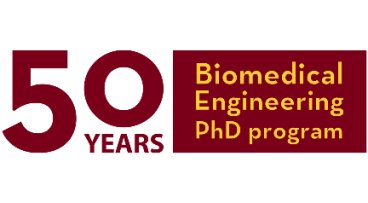
Forging a field of innovation: Biomedical Engineering celebrates its 50th year
Exploring the roots of our biomedical engineering Ph.D. program is to see the beginnings of the field of biomedical engineering.
Funding Highlights
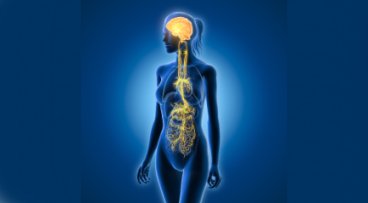
$21M grant to study effects of vagus nerve stimulation in humans
The NIH-funded project aims to study the anatomical connections and functional effects of an FDA-approved treatment for epilepsy and depression. Professor Hubert Lim is one of the PIs on the first-of-its-kind study.
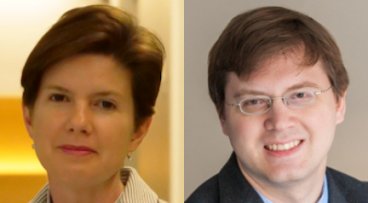
New NIH funding to support cardiac tissue engineering and neurotech
Professor and Department Head Brenda Ogle and Associate Professor Alexander Opitz have received R01 awards to pursue work related to cardiac tissue engineering and brain stimulation technology, respectively.
Research Highlights
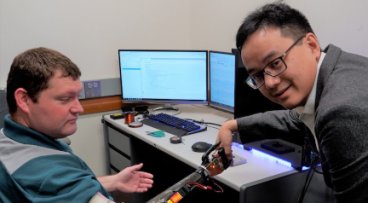
Technology allows amputees to control a robotic arm with their mind
Professor Zhi Yang and team have developed a more accurate, less invasive technology that allows amputees to move a robotic arm using their brain signals instead of their muscles.
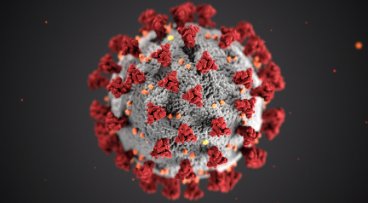
Computer simulator helps steer COVID-19 clinical trial toward promising treatment
The biophysics-based model from Professor David Odde and team simulated the disease on a molecular and cellular level so the team could screen treatments computationally long before they were given to participants.
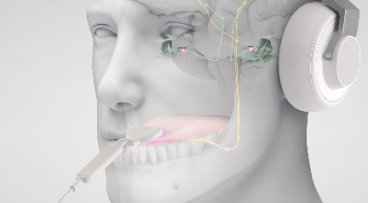
Second large-scale study for tinnitus treatment published
At least 80 percent of participants experienced a reduction in their tinnitus symptoms after 12 weeks of treatment. Professor Hubert Lim was the senior author of the paper.
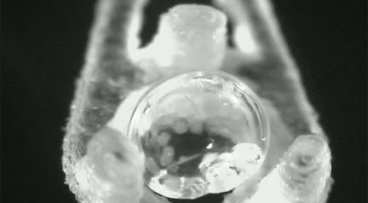
New method of pancreatic islet cryopreservation is major breakthrough for diabetes cure
Professor John Bischof and team have developed a new method of islet cryopreservation that solves current storage challenges by enabling quality-controlled, long-term preservation of the cells that can be pooled and used for transplant.
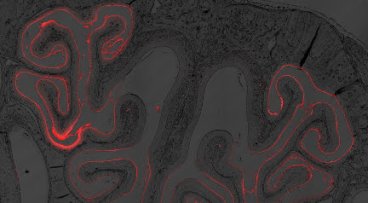
New method of nasal vaccine delivery could lead to better vaccines for HIV and COVID-19
Promising vaccine technology from Assistant Professor Brittany Hartwell and team has generated strong immune responses in mice and primates.
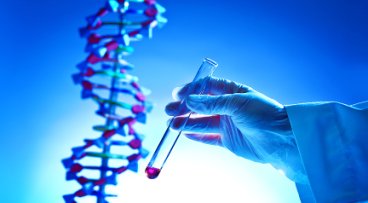
New tool will allow for more personalized cell therapies
The quantitative approach from Professor Casim Sarkar gives scientists and engineers more control over the DNA editing process.
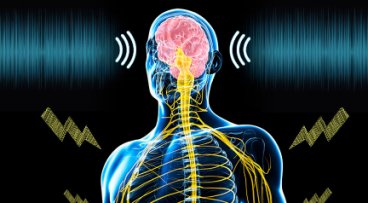
Sound plus electrical body stimulation has potential to treat chronic pain
A new neuromodulation technique from Professor Hubert Lim and team activated the brain’s somatosensory cortex and could potentially help those who suffer from chronic pain.
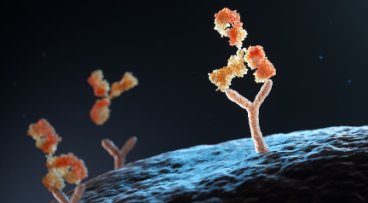
Simulated molecular interactions could lead to better treatments
Professor Casim Sarkar and team have developed a universally accessible application that can simulate complex molecular interactions, which will allow researchers to design better treatments for diseases like cancer and COVID-19.
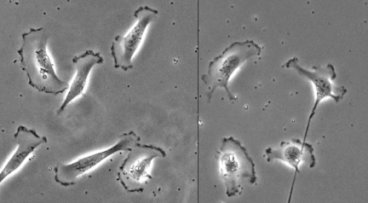
Cancer cells can migrate toward certain ‘sweet spot’ environments
Professor David Odde and team provided new insights into how cancer invades the body, which could help scientists and engineers better understand how cancer spreads and improve future treatments.
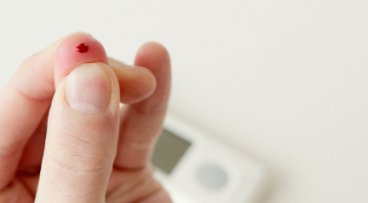
Microfluidic analysis reveals differential roles of viscosity and friction in sickle cell blood
Associate Professor Dave Wood and team developed a new method for analyzing patient-specific blood properties that can be applied to a wide range of hematological and vascular disorders.
Community Engagement Highlights
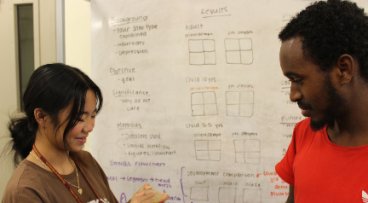
BME receives national recognition for STEM outreach
Our high school internship program received the 2022 Inspiring Programs in STEM Award from INSIGHT Into Diversity magazine, the largest and oldest diversity and inclusion publication in higher education.
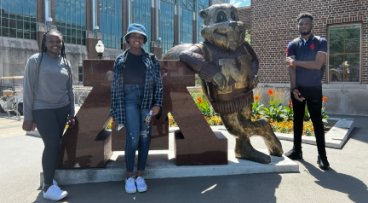
BME Pathways program supports summer research
Students in the BME Pathways program had the opportunity to conduct research in a lab, gain critical skills, further their STEM education, and participate in social activities.
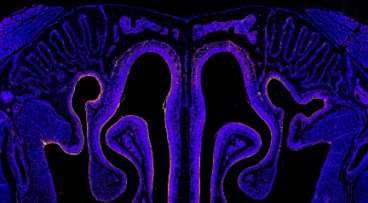
Professor Hartwell wins award for biomedical research image
The image showcases Assistant Professor Brittany Hartwell’s work on developing an intranasal vaccine that can bypass multiple barriers in the nasal cavity to activate a “frontline” defense of immune cells and antibodies in the mucosa that protect against mucosally-transmitted pathogens.
Student Highlights
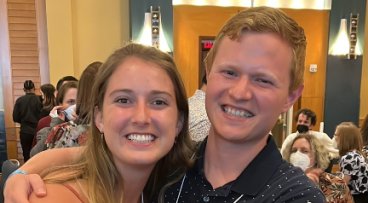
BME Ph.D. students win big at 2022 SB3C
BME students won two of the six divisions of the Ph.D. student paper competition at the 2022 Summer Biomechanics, Bioengineering, and Biotransport Conference.
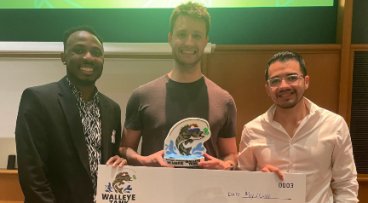
Student team successfully pitches biomedical innovation
A team of University of Minnesota graduate students — including two from the Department of Biomedical Engineering’s Ph.D. program — won a competition that recognized the commercialization potential of their MRI innovation.
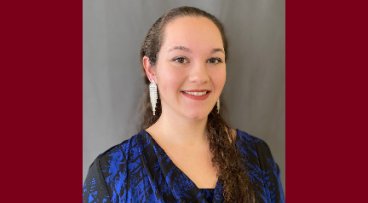
BME Ph.D. student awarded a Tau Beta Pi fellowship
The engineering honor society selected 31 engineering students — including BME Ph.D. student Meghan Griffin and only 6 other biomedical engineering students — from 278 applicants.
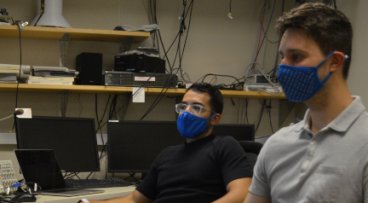
BME Ph.D. students awarded NSF commercialization grant
The NSF Innovation Corps (I-Corps) program has awarded $50,000 to BME Ph.D. candidate Efraín Torres, BME Ph.D. student Parker Jenkins, and their collaborators so they can commercialize an MRI innovation.